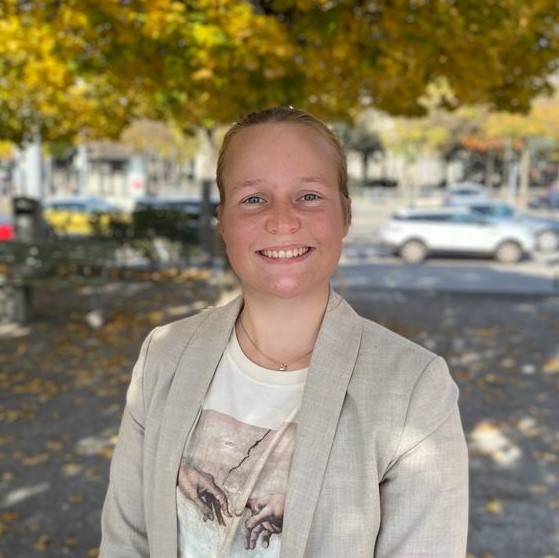Star Clusters
In my research on the evolution of galactic structures, I have primarily focused on the formation of star clusters and their impact on galactic morphology. In my first PhD paper (van Donkelaar et al., 2023), we found that nearly all proto-globular clusters (proto indicating the presence of dark matter in their halos, with a minimum baryon fraction of 75%) in our study formed within gas filaments directed towards the galaxy. Additionally, every proto-GC was located within 5 kpc of a dark matter subhalo, consistent with the formation mechanism proposed by (Madau et al., 2020). Notably, the stellar masses of the proto-GCs in our study were comparable to those described by Madau et al.
However, star clusters can also form within the galaxy itself. In van Donkelaar et al. (2024a), we demonstrated that baryon-dominated clusters formed in the galaxy’s center, specifically in a nuclear ring. This is expected in a barred galaxy system, where the bar efficiently funnels gas toward the center, a phenomenon that is also evident in my findings. There are, of course, other mechanisms through which star clusters form, such as Toomre instabilities in the disc. However, to better understand the influence of these formations, it is essential to incorporate a star cluster subgrid model into the simulation. This approach will allow for more accurate modeling of star cluster formation and evolution in high-redshift environments, a task I am currently working on.
